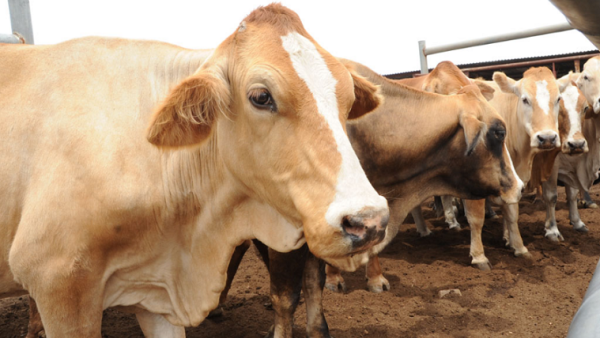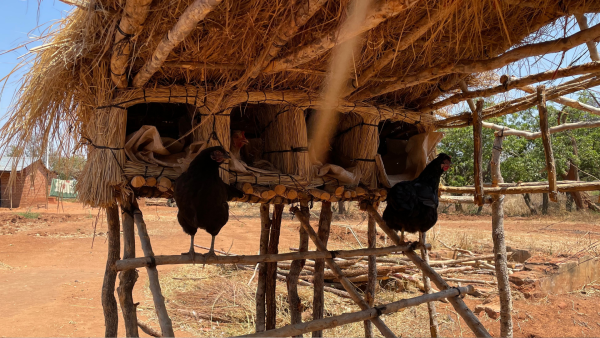The rainy season always comes with muddy fields and pens on your farm, making it quite unpleasant. It is very common to see some of your goats limping around this time of the year, especially if they are housed outside as is commonly practiced in Zambia. The first suspect of this is foot rot, though it is not the only cause of limping in goats.
When you notice your goat limping or kneeling when grazing, it’s best that you take a closer look or call a veterinarian to determine what the problem is. Other factors that may cause your goat to limp are injury to the hoof or leg, overgrown hooves, or another musculoskeletal disease.
Causes and transmission of foot rot:
There are two common bacteria that cause foot rot: Dichelobacter nodosus and Fusobacterium necrophorum. These two bacteria are found in the soil especially wet, muddy soils, and are quite difficult to control or eliminate once the soil has been contaminated.
Contributing factors to foot rot include wet or muddy soils and dirty pens, open cuts/wounds in the goats’ feet, overgrown hooves, and zinc deficiency. Overgrown hooves increase the chance of infection by trapping bacteria and moisture in the foot. Zinc deficiency can cause deformed or swollen hooves that may lead to cracks in the hoof thus making a point of entry for bacteria.
This disease is contagious and is mainly spread from one goat to another through the soil, that is, from an infected goat into the soil and then to a healthy goat. Using the same undisinfected hoof trimming equipment on infected and healthy goats is also a way in which foot rot is transmitted.

How to treat your infected goats
- Remove the dead, rotten tissue using shears or a sharp knife until you reach healthy tissue. Some bleeding may occur.
- Wash the goat’s hooves in a copper or zinc sulphate foot bath solution. Let the goat stand in the foot bath for about 30 minutes. Always read and follow the instructions on the label to make a foot bath solution with the correct concentration.
- With guidance from a veterinarian, additional use of an injectable antibiotic like penicillin or tetracycline may help.
- Separate the infected goats from the healthy ones.
- If the goat pen/paddock is muddy and dirty, clean it out if possible or do not allow the goats to spend long periods of time in very muddy areas.
How to prevent foot rot in your herd
- Always inspect the hooves of goats before you buy them.
- Do not buy goats that already have hoof problems.
- Do not mix new goats with the rest of your herd, keep them separate for at least 21 days.
- Make tire and foot baths at all entrances to your farm.
- Make copper sulphate or zinc sulphate foot baths for your goats to immerse their hooves in (Check out our article on how to make a foot bath).
- Trim your goats’ hooves regularly. Always disinfect your equipment every after use.
- Keep your pens/stalls free from mud and accumulation of manure and debris.
- Make an elevated roofed shelter to help keep the goats away from the mud.
- Practice good biosecurity!
You must remember that once you have incidences of foot rot on your farm, it is very difficult to completely eradicate, so ensure to practice strict preventive measures to avoid dealing with it.
Click here to go to the Griffin online shop



